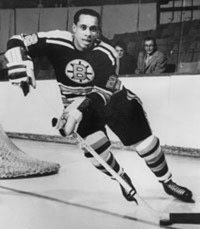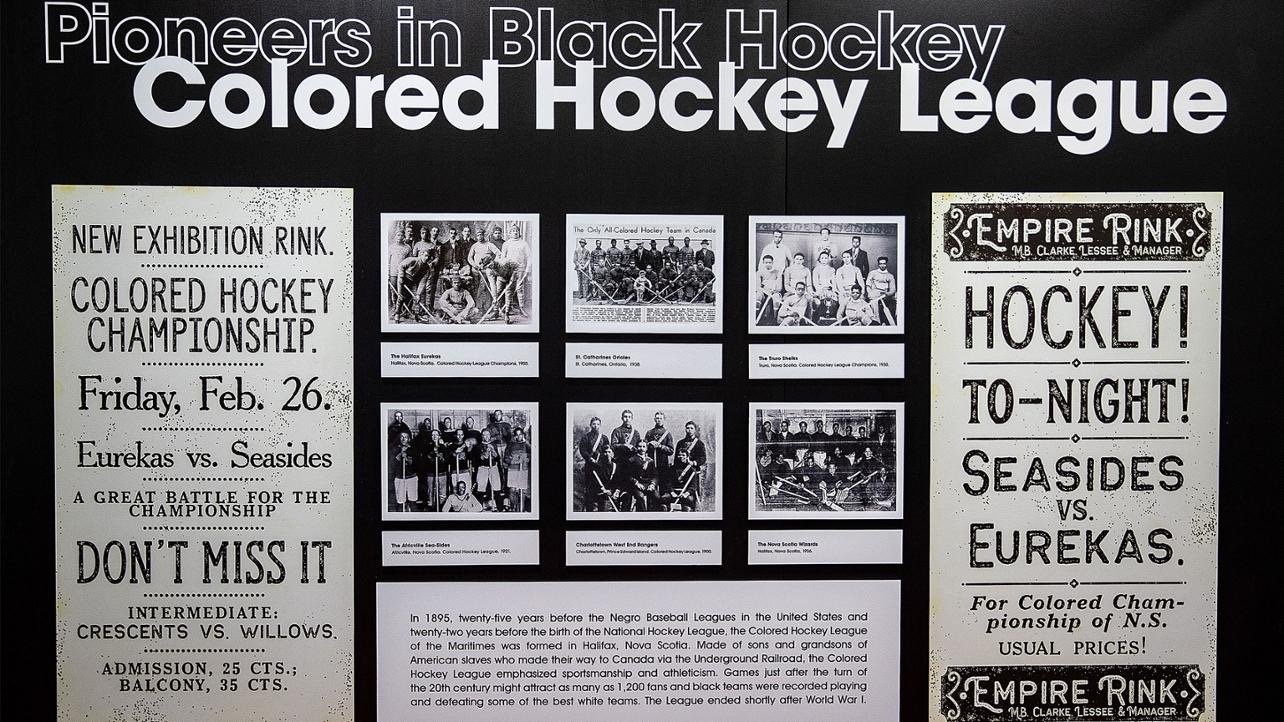The Colored Hockey League: Empowering Black Canadians and Shaping Hockey History
In 1895, a pioneering group of black Baptist leaders and intellectuals in Halifax, Nova Scotia, Canada, laid the foundation for a groundbreaking sports organization: the Colored Hockey League. Led by Pastor James Borden of Dartmouth Church, James A.R. Kinney, lawyer and community leader James Robinson Johnston, and Pan-African organizer Henry Sylvester Williams, the league aimed to draw young black men to Sunday worship by offering hockey games between rival churches after the services. Over time, the league gained recognition as a catalyst for equality among Black Canadians, uniting communities, and leaving an enduring mark on the sport. This article delves into the remarkable history of the Colored Hockey League, highlighting its role in promoting social change, its significant rule innovations, and the inspiring legacy of William "Bill" Riley, the first black Nova Scotian to play in the NHL. Dwayne "The Rock" Johnson's father, Wayde Douglas Bowles, better known by his ring name Rocky Johnson, was a Canadian professional wrestler with a remarkable legacy who was born and raised in Amherst, Nova Scotia north of Halifax.
A Platform for Equality and Empowerment:
The Colored Hockey League emerged as a powerful force for social change in Halifax, Nova Scotia. Its visionary founders sought to utilize the growing popularity of hockey to encourage young black men to attend church services. In the context of the Black Nationalism Movement and the rising interest in hockey, the league's mission expanded to become a potential driver of equality for Black Canadians. By combining spirituality and sport, the league effectively challenged racial barriers and offered a space for empowerment and community engagement.
Community Rivalries and Expansion:
The league attracted a vibrant array of teams, including the Halifax Eurekas based in Halifax and the Amherst Royals from Amherst. At its peak, the Colored Hockey League had teams in seven communities across Nova Scotia and one in Prince Edward Island, showcasing the widespread enthusiasm for the sport and the league's growing influence. The spirited competitions fueled rivalries and fostered a sense of pride within each community, uniting players and fans alike in their love for the game.
Trailblazing Innovations in Hockey:
The Colored Hockey League's impact extended beyond its advocacy for equality; it also played a pivotal role in shaping the game itself. With as many as a dozen teams, the league provided a platform for over 400 Black Canadian players from Nova Scotia, New Brunswick, and Prince Edward Island to showcase their talents. Notably, the league is credited by some as being the first to allow goaltenders to leave their feet to cover a puck, a groundbreaking rule change implemented in 1900. This innovation challenged traditional conventions and greatly influenced the future development of hockey. Additionally, it is claimed that Eddie Martin of the Halifax Eureka became the first player to use the slapshot in 1906, forever revolutionizing the way the game was played.
William "Bill" Riley: A Trailblazer in the NHL:
Among the many players who emerged from the Colored Hockey League, William "Bill" Riley stands as a true trailblazer. Hailing from Amherst, Nova Scotia, Riley made history in 1974 when he made his NHL debut with the Washington Capitals. As the first black Nova Scotian to play in the NHL, Riley shattered barriers and paved the way for future generations of black hockey players. His remarkable journey serves as a testament to the league's enduring legacy of empowerment and resilience.
Recognition and Legacy:
The Colored Hockey League and its visionary leaders, along with William "Bill" Riley, have made indelible contributions to both hockey and the pursuit of equality. Their courageous actions challenged racial boundaries, inspired marginalized communities, and left an indelible mark on Canadian sports history. In recognition of his extraordinary achievements, Riley was rightfully honored in the prestigious Nova Scotia Sport Hall of Fame, forever etching his name alongside the province's most celebrated athletes.





